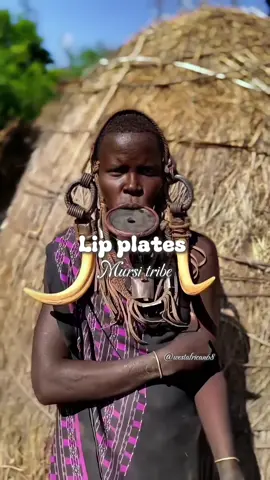女quanxi.
Region: MY
Sunday 13 July 2025 13:41:23 GMT
145549
27319
45
3056
Music
Download
Comments
nath an ail :
IDENTIFY ANION? [shock][shock]
2025-07-29 12:41:51
0
اشرااف. :
martin teo student huh🙏🏻😮💨
2025-07-14 05:34:57
39
rarairaraa_ :
can I save this?
2025-07-13 21:48:15
0
CikguWanArif :
Batch 08/09 nak skor Sejarah SPM.. Jom semua followe tt cikgu utk nota dan teknik menjawab Sejarah SPM… Tag member lain juga ya guyss
2025-07-16 12:33:03
1
Hyphen :
Sesat pulak sni, aq f3[awkward]
2025-07-14 22:54:26
8
llynniess :
PATUT MCM XDE BLJR, F5 RUPANYAA😭
2025-07-15 22:12:26
16
llintnn. :
kation(ion positive)=katod , anion(ion negative)=anod
2025-07-13 20:53:45
4
⋆˚࿔ yourisha 𝜗𝜚˚⋆ :
you can also use No Clue So Nothing
2025-07-15 05:29:39
1
hanaa :
thanks i NEED this 🙏🏼
2025-07-13 17:37:10
1
afieys :
aku ka yang makin bodo asal aku tak fhm langsung pdhl aku degree chemistry ni
2025-07-16 11:33:29
27
ridhwanrozo :
ken apa b and a mendakan putih
2025-07-15 10:06:52
0
女quanxi. :
A bit mistake for Step 6, kiri dulu baru kanan
2025-07-13 14:54:24
12
Syhhh :
TYYYSMM
2025-07-13 23:09:00
0
unknown :
jgn delte tau😔
2025-07-16 08:10:40
2
fateen :
terima kasih
2025-07-14 07:11:07
1
Wan tow tree :
masa cg explain benda ni,satu habuk pun dak masuk kepala 🙏😭
2025-07-14 10:42:50
2
lavyn :
kalau ujian kation how ada tips tak
2025-07-14 02:59:59
0
Mie🪩🆒 :
@ @leavemiaschnack abis semo matching
2025-07-16 22:33:35
0
pipikaa.__ :
@ayan tu weh
2025-07-16 13:15:21
0
sooyaas🤍 :
@lloud's CEO
2025-07-31 08:10:38
1
xhhh :
@leo
2025-07-15 05:56:52
1
Iqahh :
@rae☆ [51%] @ʏᴜᴍᴇ @Qiqi Aqilah
2025-07-28 19:53:57
0
🐣. :
😁
2025-07-26 16:19:31
0
grifyteuy :
🥰🥰🥰
2025-07-18 20:50:31
0
To see more videos from user @imdanzh, please go to the Tikwm
homepage.











